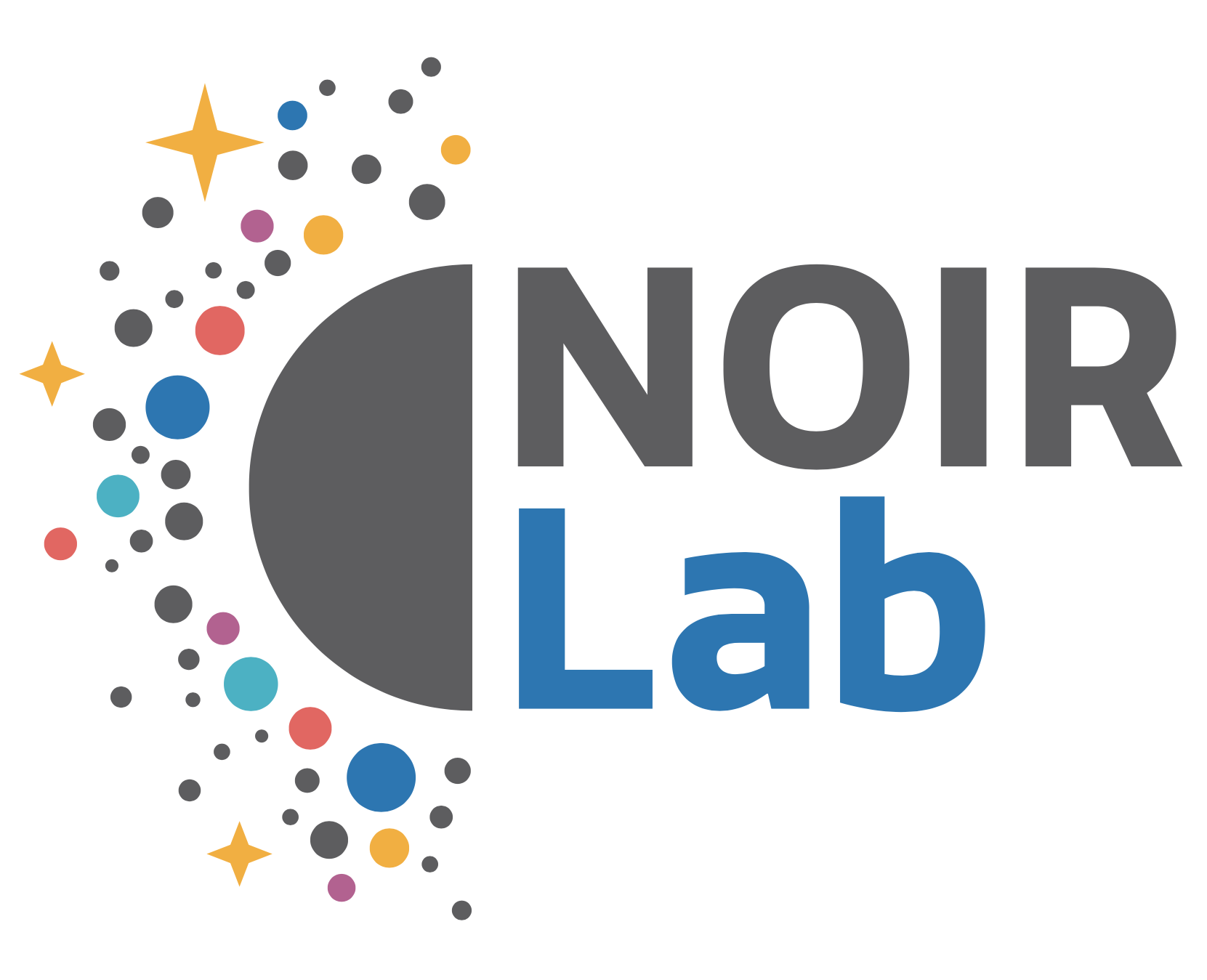In just over 10 hours of test observations, Rubin Observatory captured millions of galaxies, Milky Way stars & thousands of asteroids.


In just over 10 hours of test observations, Rubin Observatory captured millions of galaxies, Milky Way stars & thousands of asteroids.

Messengers of Time and Space, a free fulldome show from NSF NOIRLab. Hear its making and where to watch in our podcast

Today’s lets explore DESI collaboration results based on the first three years of data that indicate dark energy is not a constant force.

Making use of the Gemini North telescope, astronomers have characterized the largest-ever early-Universe radio jet.

Gemini Observatory is celebrating its 25th anniversary and here’s the first 25 years of Gemini Observatory & looks ahead to the future

Join us on today’s podcast at #365DaysOfAstro as NOIRLab discuss about the discovery of LID-568, a black hole that is feeding at 40 times the theoretical limit.


Dark Energy Camera (DECam) confirm that early-Universe quasars formed in regions of space densely populated with companion galaxies

Today’s podcast tells the story of how Project ASTRO has been working to improve science education for almost 30 years at NSF NOIRLab.

Today’s podcast, NOIRLab’s André-Nicolas Chene described the discovery of a system that will become a kilonova in the future.